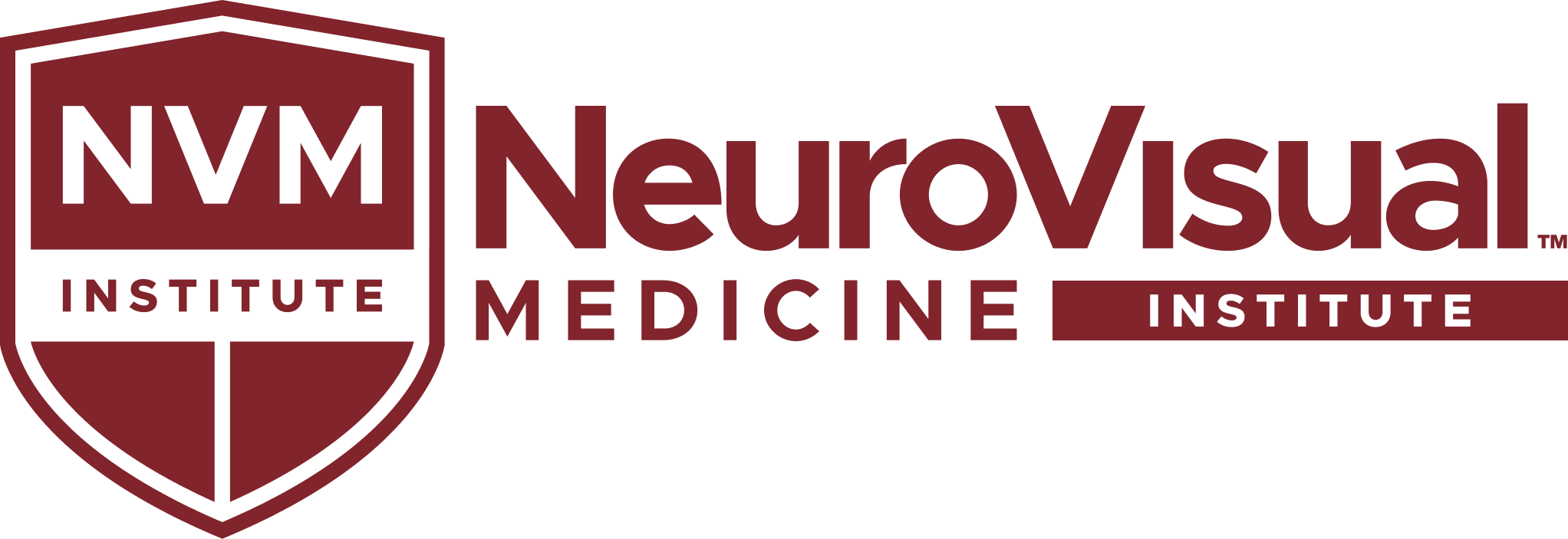Transform patients’ lives and love every minute of it.
It’s hard to know what optometrists enjoy more about NeuroVisual Medicine: saying goodbye to 15-minute vision insurance exams or providing immediate relief for their patients’ most painful symptoms. We think you’ll agree there’s a lot to love about practicing NeuroVisual Medicine.
Afford to spend more time
Take your time with each patient, providing the best prescription they’ve ever received, and getting paid for it.
Give them hope and help
Take your time with each patient, providing the best prescription they’ve ever received, and getting paid for it.
Offer instant symptom relief
Patients are often struck by how quickly their symptoms subside while wearing their trial prism prescription during the initial exam.
Go far beyond 20/20.
Expand your scope with microprism.
Dizziness
1 in 5 American Adults
Headaches
1 in 6 Americans
Anxiety
64M Americans
Motion Sickness
1 in 3 Americans
Neck Pain
2% of Americans
Light Sensitivity
9M Children in USA
ADD & ADHD
1 in 6 Americans
Car Sickness
43% of American Kids
Dyslexia
11% People Globally
Gait Imbalance
11% People Globally
Deliver 80%
symptom relief in just 2 office visits.
The NeuroVisual™ Clinical Protocol enables you to take highly symptomatic people and give them instant satisfaction. Utilize a step-by-step approach to providing care and relief to patients. At the center of treatment is an expertly prescribed pair of microprism lenses.
Clinical Outcomes
of NeuroVisual Protocol
Baseline
Clinical Protocol
80% Reduction in
BVD Symptoms
Based on n=126 patients*
NeuroVisual Medicine Institute Study
Help them feel better.
Take a Multi-System Approach to BVD Symptom Relief
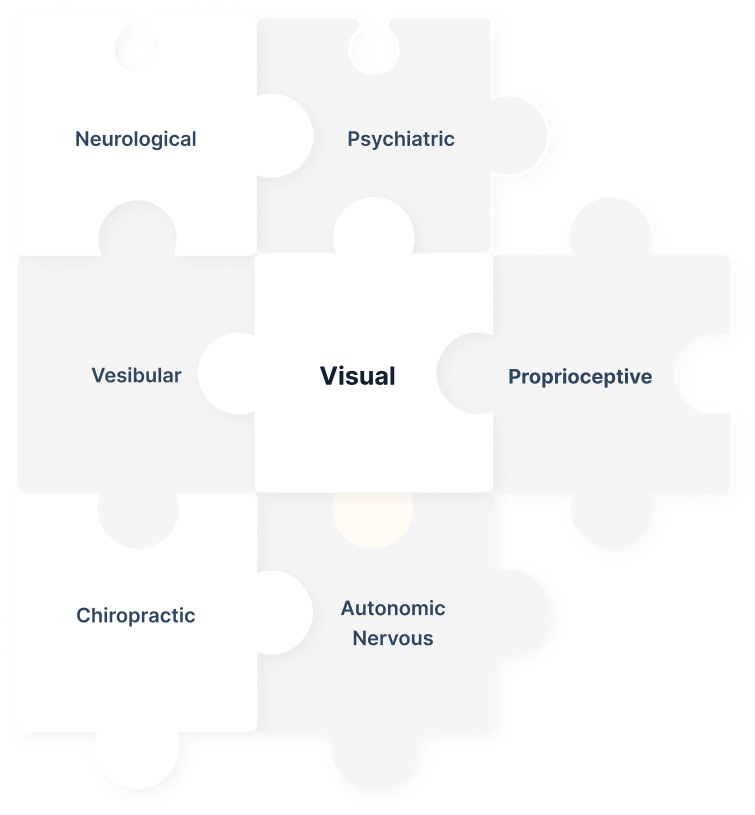
Be the doctor who has the answers.
Master this proven approach to helping patients with their most debilitating symptoms, within and beyond the visual system. A deeper understanding of the underlying physiology means optometrists can more confidently analyze patient symptoms and provide insight, guidance, and relief.
Referring Medical Colleagues rely on NeuroVisual ODs.
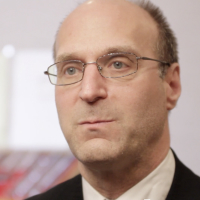
" We know these patients and we know we can’t help them. "
Arthur Rosner M.D., F.A.C.S.
Otolaryngologist (Ear Nose & Throat)
Dr. Arthur has firsthand knowledge of the dizzy community from his work as an ENT seeing thousands of these patients. He first encountered prism as a patient himself, suffering from a lifetime of clumsiness and trouble reading. After relieving his symptoms with microprisms, he joined the cause. He now has 100s of his patients fill out the BVDQ™ every year, and refers many of them for NeuroVisual Evaluation.

" If it’s a big misalignment, piece of cake. If it’s the small misalignments, that’s who I send for NeuroVisual Care. "
David Blodgett M.D.
Neuro Ophthalmologist
Dr. Blodgett conducts a variety of surgeries to improve patients’ visual function, restore normal appearance, and enhance visual acuity. While he regularly helps patients with larger eye alignment issues via surgery (strabismus, diplopia, nystagmus) and sends patients to his local NeuroVisual certified optometrist to treat the subtle misalignments.
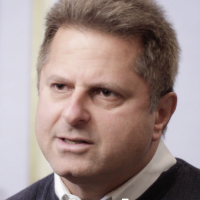
" As many as half of the TBI patients I see have Binocular Vision Dysfunction. "
Randall Benson M.D.
Neurologist
Dr. Benson, is a globally regarded behavioral neurologist and imaging neuroscientist who regularly refers his most complex Traumatic Brain Injury (TBI) patients for NeuroVisual Medicine care and treatment with microprism. Correcting these subtle vision misalignments has offered new hope and relief to over 100 of his patients.
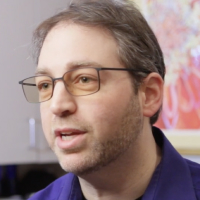
" At first I sent a few patients for care to see what would happen. I now refer regularly to specialists. "
Aaron Goldner, PsyD, LP, PLLC
Clinical Psychologist
Dr. Goldner regularly fields patients in his psychology practice with symptoms such as anxiety, learning difficulty, ADHD, and motion sickness. He religiously screens these patients for BVD (with the BVDQ™) as an initial step to identify who has an undiagnosed Binocular vision issue that could be at the root of their psychological symptoms.
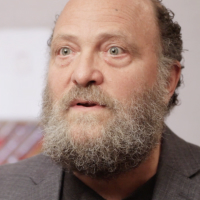
" I see a lot of neck problems that are refractory to treatment. People who get this fixed, gone! "
Jay Sandweiss, D.O., C-NMM/OMM
Manipulative Osteopath
Dr. Jay has extensive experience with referring patients who suffer from chronic headaches, dizziness, and neck pain to NeuroVisual Medicine Specialists. Screening and referring patients for NeuroVisual Medicine treatment has unlocked a new way of helping patients with unresolved neuromuscular symptoms after trying traditional medical treatments.
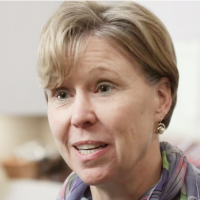
" Our local NVM specialist has become part of our care team to help our brain injury patients. "
Jennifer E. Doble, MD
Physiatrist
Dr. Doble has treated thousands of Traumatic Brain Injury patients and immediately recognizes the signs and symptoms of Binocular Vision Dysfunction in her patients. Treating BVD with a micro prism in her TBI patients is a crucial component to their relief and provides them immediate answers and relief during their initial exams.
You deserve better balance. Make it yours.
20-25 per day
6-8 per day
Get off of the refraction treadmill.
Many of us have been forced into working at a very fast pace, with 20+ patients each day. It’s a road to burnout, and more ODs are feeling frustrated and exhausted. With NeuroVisual™, you can afford to see only 6-8 patients per day. See fewer patients per day while offering them the attention, care, and relief they’ve been searching for.

Set your own schedule
When patients can go anywhere for glasses, you’re often forced to accommodate their schedule (evenings and weekends). When you offer in-demand, life-changing relief they can’t receive anywhere else, patients are willing to do what it takes to get on your schedule.
Supercharge your optometric career.
Remove the guesswork.
Learn the step-by-step protocol that makes prism prescribing repeatable
and straightforward. For too many years, prism has been unapproachable to most optometrists, “Sometimes it works, other times it doesn’t.”
Become the go-to expert.
Become the specialty optometrist that patients seek out. As a NeuroVisual™ Medicine specialist treating the symptoms of BVD, patients will find you and travel surprising distances for the relief you can provide them.
Create lasting impact.
It feels good to master a new skill. It feels even better when that new skill directly helps others. Your reputation gets a boost when you’re able to help your medical colleagues toughest patients.
What do optometrists say about practicing NeuroVisual Medicine?
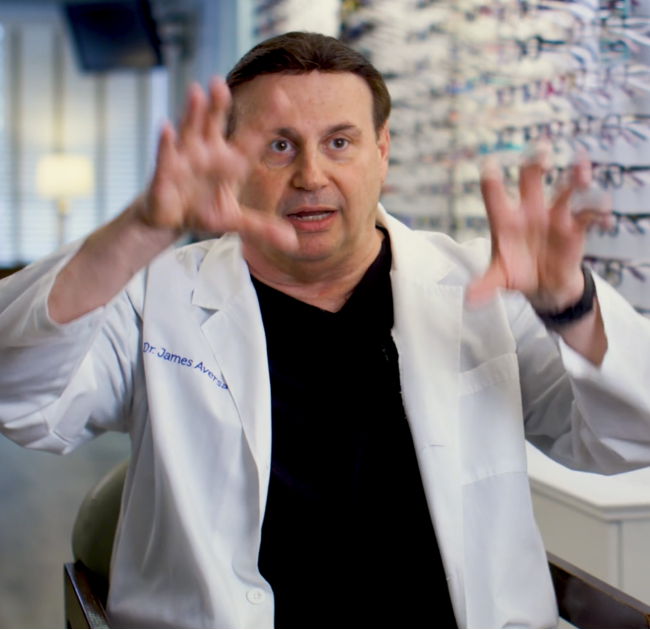
“You become a practitioner of a holistic approach, rather than only dealing with just the eyes.”
Jim Aversa, OD
Heights Eye Center
“I have a motto, work smarter, not harder. My days are smoother and less stressful because I'm not seeing as many patients.”
Erin Sonneberg, OD
iSee VisionCare & Neurovisual Specialists of Florida
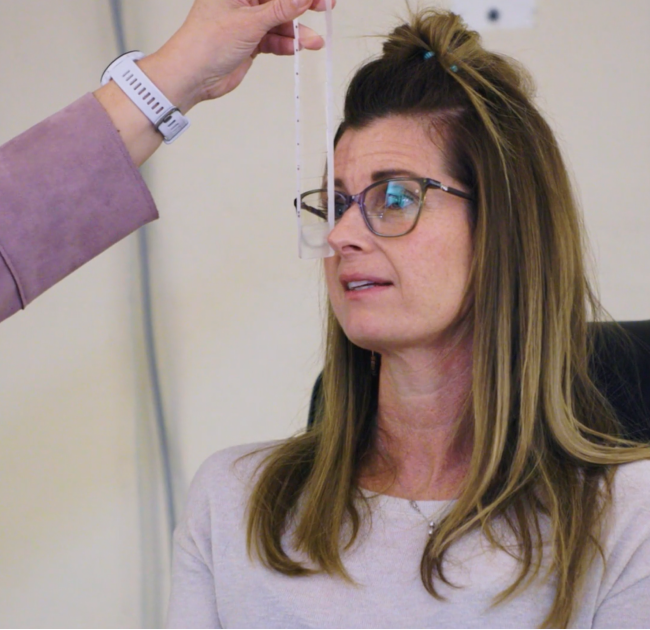
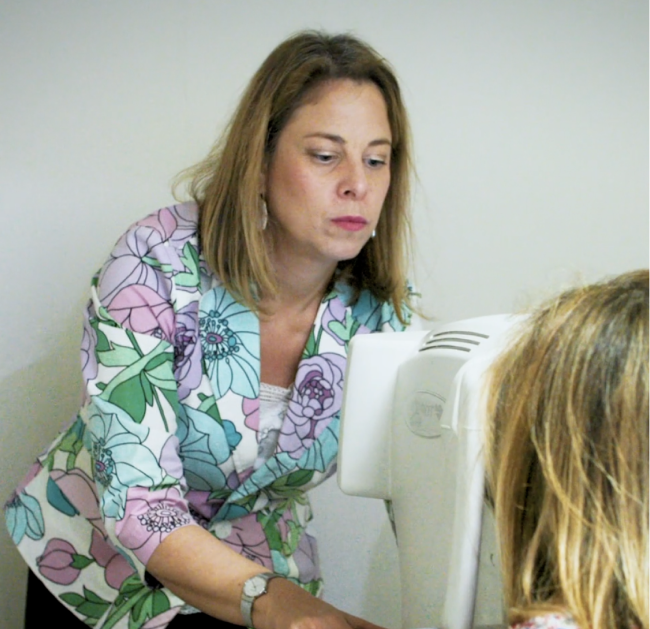
“I have a motto, work smarter, not harder. My days are smoother and less stressful because I'm not seeing as many patients.”
Erin Sonneberg, OD
iSee VisionCare & Neurovisual Specialists of Florida

When you take this course, you literally become a part of Dr. Mark and Dr. Debby’s family. They hold your hand. They give you every piece of information that you need to take this technique back home to where you practice. They tell you how to bill for these patients, what lab to use for high-precision cutting of these lenses, and so much more. They are there for every question that you might have. They send you home with every piece of equipment that you need to get started.
Get started with NeuroVisual Medicine.
Talk to our team about becoming a NeuroVisual Medicine provider.
